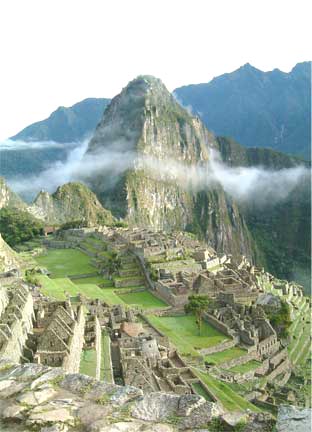Incas

The Inca Empire originated from a tribe located in the Cusco area of the Andes Mountains. In 1438, they began a major expansion campaign that eventually brought much of the Andean region under Incan control. Adopting a federal system of governance, the Incas offered neighboring tribes the opportunity to join their empire peacefully. Most accepted the offer, and before long, the Inca Empire extended from present-day Ecuador in the north to most of Chile in the south.
The Incas were polytheistic, believing in multiple gods. The most important among these was the Sun god, Inti. Temples dedicated to Inti were often built at elevated locations to be closer to the deity. The Incas believed that their gods had blessed their empire, and they practiced their religion with great devotion.
Boasting the largest army in the New World, the Incas recruited males from various regions of their empire to serve as soldiers. Their military was equipped with weapons like bronze and bone-tipped spears, clubs with stone heads, and wooden swords. The Inca cities were well-fortified, providing a sense of security against external threats.
The arrival of Spanish conquistador Francisco Pizarro took the Incas by surprise. Their ruler, Atahualpa, was overconfident, dismissing Pizarro's demands despite the latter's significantly smaller force. This overconfidence proved to be his downfall. Pizarro's well-trained troops were able to capture Atahualpa. In an attempt to secure his release, the Incas offered an enormous ransom: they filled one room with gold and two additional rooms with silver. Despite receiving this vast fortune, Pizarro betrayed his promise and ordered Atahualpa's execution. The Spanish forces then captured the Inca capital of Cusco, leading to the empire's eventual collapse. However, resistance against the Spanish persisted and did not fully subside until 40 years after the fall of the capital.
.
 >
>